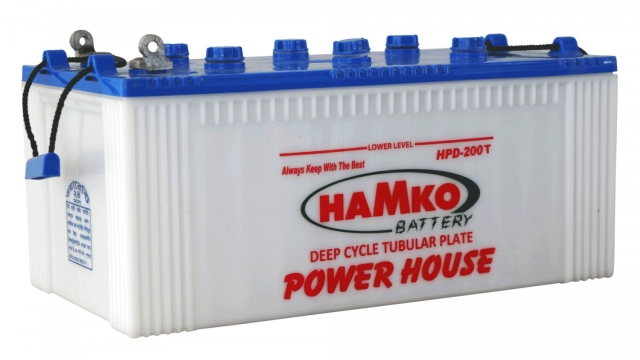
In today’s fast-paced digital world, where we rely heavily on technology for both personal and professional tasks, ensuring the uninterrupted power supply has never been more critical. Unexpected power outages can lead to data loss, disrupted workflows, and even damage to sensitive equipment. This is where UPS batteries come into play, serving as a reliable solution to keep your devices running smoothly when the grid fails.
UPS batteries, or uninterruptible power supplies, provide emergency power to electronic devices, enabling you to safely save your work and maintain operations during unexpected interruptions. This guide will explore everything you need to know about UPS batteries, from choosing the right type for your needs to understanding their maintenance and benefits. With the right knowledge, you can power your peace of mind and ensure that you are always prepared for whatever challenges come your way.
Understanding UPS Batteries
UPS batteries, or uninterruptible power supply batteries, are critical components designed to provide backup power during electrical outages. They ensure that essential equipment continues to operate without interruption, safeguarding data and maintaining functionality in situations where grid power is unavailable. These batteries are commonly used in homes, offices, and data centers to protect devices such as computers, servers, and networking gear.
UPS Batteries
Different types of UPS batteries are available on the market, each with its own advantages and ideal applications. The most common types include sealed lead-acid (SLA), lithium-ion, and nickel-cadmium batteries. SLA batteries are known for their reliability and cost-effectiveness, making them suitable for various environments. On the other hand, lithium-ion batteries offer longer life spans and greater energy density, which can be advantageous for compact UPS systems that require efficiency and longevity.
Understanding the capacity and runtime of UPS batteries is essential for making informed decisions. Battery capacity is measured in volt-ampere hours (VAh) and indicates how much power the UPS can deliver over time. Runtime varies based on the connected load; thus, calculating the total power requirements of the equipment to be supported is crucial. This ensures that you select an appropriate UPS system that provides enough backup time during a power outage without risking equipment failures or data loss.
Choosing the Right UPS Battery
When selecting a UPS battery, it’s essential to consider your power needs and the devices you intend to protect. The first step is to calculate the total load your equipment will draw. This involves adding up the wattage of each device you plan to connect to the UPS. Having this information helps you choose a UPS with sufficient capacity, ensuring that your devices receive power when needed.
Another important factor is the runtime requirements. Different UPS batteries offer varying run times depending on the load. If you require the UPS to maintain power for an extended period during an outage, opt for a model with a higher capacity battery or one that allows for additional battery packs. This flexibility can be crucial for ensuring that you can save your work and properly shut down devices without data loss.
Lastly, consider the type of UPS battery technology that best suits your needs. There are primarily two types: lead-acid and lithium-ion. Lead-acid batteries are more affordable and widely used, but they may have a shorter lifespan and longer recharge times. In contrast, lithium-ion batteries tend to be more expensive but offer longer lifespans, quicker charging, and lighter weight. Assessing your budget and the importance of performance will help guide your decision on the technology that fits your requirements best.
Maintenance Tips for Longevity
To ensure your UPS batteries last as long as possible, regular maintenance is key. Begin by routinely checking the battery’s charge and discharge cycles. Most UPS systems come equipped with monitoring software that can help track these cycles. Keeping an eye on these metrics will allow you to spot any irregularities early on, helping to prevent potential failures before they occur.
Another critical aspect of maintenance is keeping the UPS unit clean and free from dust and debris. Dust accumulation can lead to overheating, which significantly shortens battery life. Use a soft cloth to wipe down the exterior and a vacuum with a brush attachment to carefully remove dust from vents and fans. This simple act of cleaning can go a long way in maintaining optimal performance.
Lastly, you should always follow the manufacturer’s recommendations regarding battery replacement and care. Over time, all UPS batteries degrade and lose their ability to hold a charge effectively. Knowing the expected lifespan of your specific battery type and replacing it accordingly will help ensure uninterrupted power supply and peace of mind in critical moments. A proactive approach to battery health will ultimately save you time and money in the long run.

